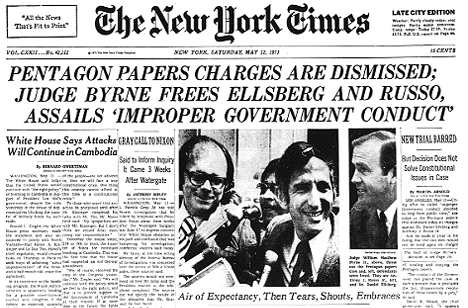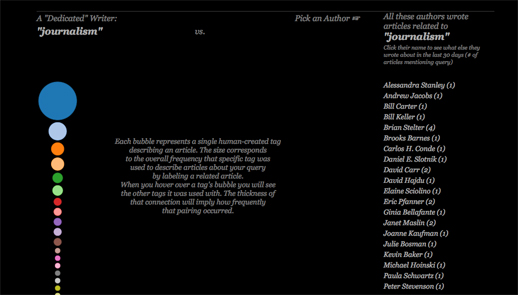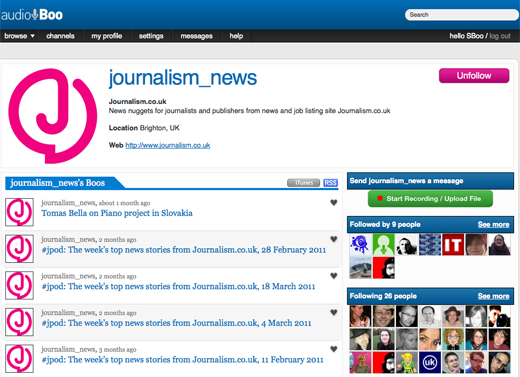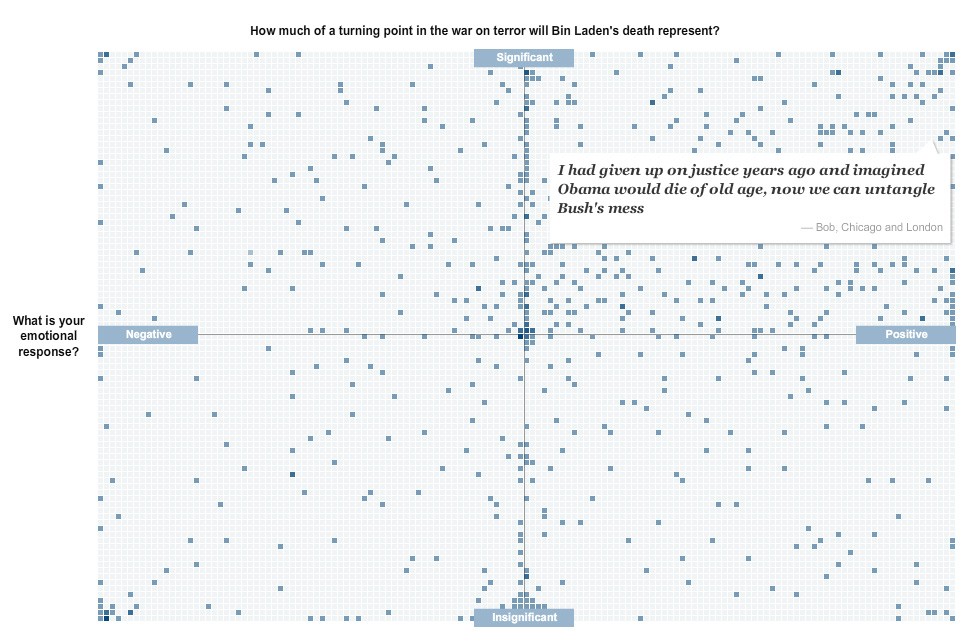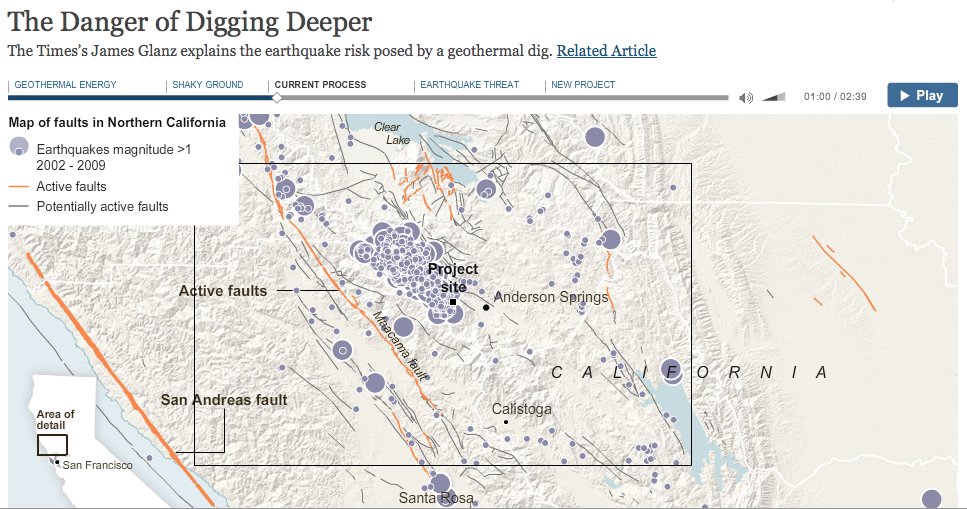Poynter has been looking at the results of a large survey commissioned by the New York Times and has come up with five reasons why people share news and six ways to encourage more readers to do so.
One of the key lessons is making it easy for readers to share news by email.
The survey collected the views of 2,500 sharers, not all of them tweeting, liking, recommending and emailing links from the NY Times.
Poynter’s Jeff Sonderman has analysed the results and made suggestions as to what news organisations can learn from the survey.
According to Sonderman, the five primary motivations for sharing are:
1. Altruism
2. Self-definition
3. Empathy
4. Connectedness
5. Evangelism
The research has come up with a number of terms to describe sharers:
- Altruists, who tend to be female and share on email and Facebook;
- Careerists, who like to share serious, useful content via email and LinkedIn;
- Hipsters, who tend to be young and male and like to start conversations using Twitter and Facebook;
- Boomerangs, who want to get a reaction and tend to share on many platforms, including Facebook, Twitter, email and blogs;
- Connectors, who are mostly female, and share to stay close with their friends and tend to share on email and Facebook;
- Selectives, who are older and more traditional and tend to share on email.
Sonderman’s six implications for any news site hoping to increase sharing activity are:
1. Think of your users’ relationships. Create content that can help someone strengthen a personal or professional relationship. Think useful, fun, humorous, controversial, actionable.
2. Keep it simple. Many of your readers are sharing to get a response or to show how smart they are. Those people won’t share something they’re not sure they understand, or that their friends may not understand.
3. Reconsider your Facebook button. This research may suggest that Facebook’s ‘recommend’ button is subconsciously more appealing than its ‘like’ button, even though they do the same thing. Recommending is a social activity targeting your friends, while liking is just an individual expression.
4. Share on the right networks. When you share your own content, choose networks that make sense. If your story appeals to hipsters, use Twitter. For careerists be sure to use LinkedIn. To target connectors, use your Facebook page.
5. Remember email. It is still the number one sharing method, the survey found. Though many social networks have blossomed, none has surpassed the simplicity and universal reach of email.
6. Customise sharing options. Should different types of stories emphasise different sharing options to the reader? For example, your business template may feature LinkedIn and email share buttons, while your features template pushes Facebook sharing.
The full Poynter post is at this link
